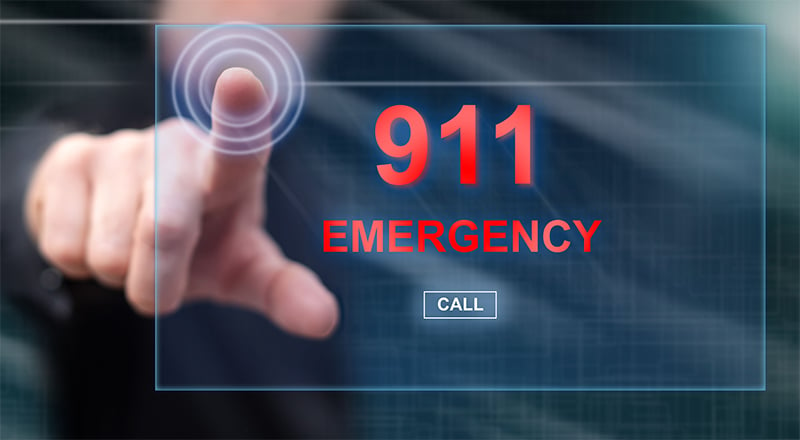Many organizations who aren’t aware of a few laws surrounding 911 often ask the question, why is E911 compliance and testing so important? The short answer is, to prevent loss of life and allow first responders to reach 911 callers quickly and efficiently.
With that in mind, an organization first must comply with Kari’s Law & Ray Baum’s Act (detailed below) and also continuously test their 911 calling capabilities to ensure 911 calls are routed to the correct public safety answering point (PSAP). If for any reason, a call is misrouted due to lack of testing even though an organization may already be complying with Kari’s Law & Ray Baum’s act, the worst possible outcome may happen. Unfortunately, this happened recently when a young man lost his life as a result of a misrouted 911 call detailed in the video below:
Our CEO, Mark Turpin, spoke on the matter as to why organizations must comply with Kari’s Law & Ray Baum’s Act along with how important it is to test 911 calling functionality to avoid any possible tragedy. Furthermore, we have provided the steps necessary to comply with Kari’s Law & Ray Baum’s Act before any testing takes place below:
Kari’s Law
- First, your phone system must allow a user to dial 911 without any prefix or access codes.
- Next, a notification must be sent when 911 is called, including information about the caller, where they are, and a phone number to reach the 911 caller. Notifications are typically sent to a security guard or receptionist within the facility who can assist first responders find the 911 caller in an emergency.
- Last, a valid callback number (not the main company phone number) must be provided when 911 is called. If a disconnect occurs, this callback number is required to reconnect the 911 dispatcher with the caller.
Ray Baum’s Act
Ray Baum’s Act requires a “dispatchable location” to be included when 911 is called. A dispatchable location begins with the building’s street address plus additional information such as room number, floor number, and other relevant information to help first responders find the caller. 9Line inserts this additional information in real-time and displays this on the screen of the 911 dispatcher. This law took effect for on-premises phones on January 6, 2021.
Remote workers (work from home) were covered with dispatchable location information as well, on January 6, 2022.
Any organization unsure if they have completed all the above steps or unsure how to properly test their phone system may contact a 9Line representative and we can provide any assistance necessary.

